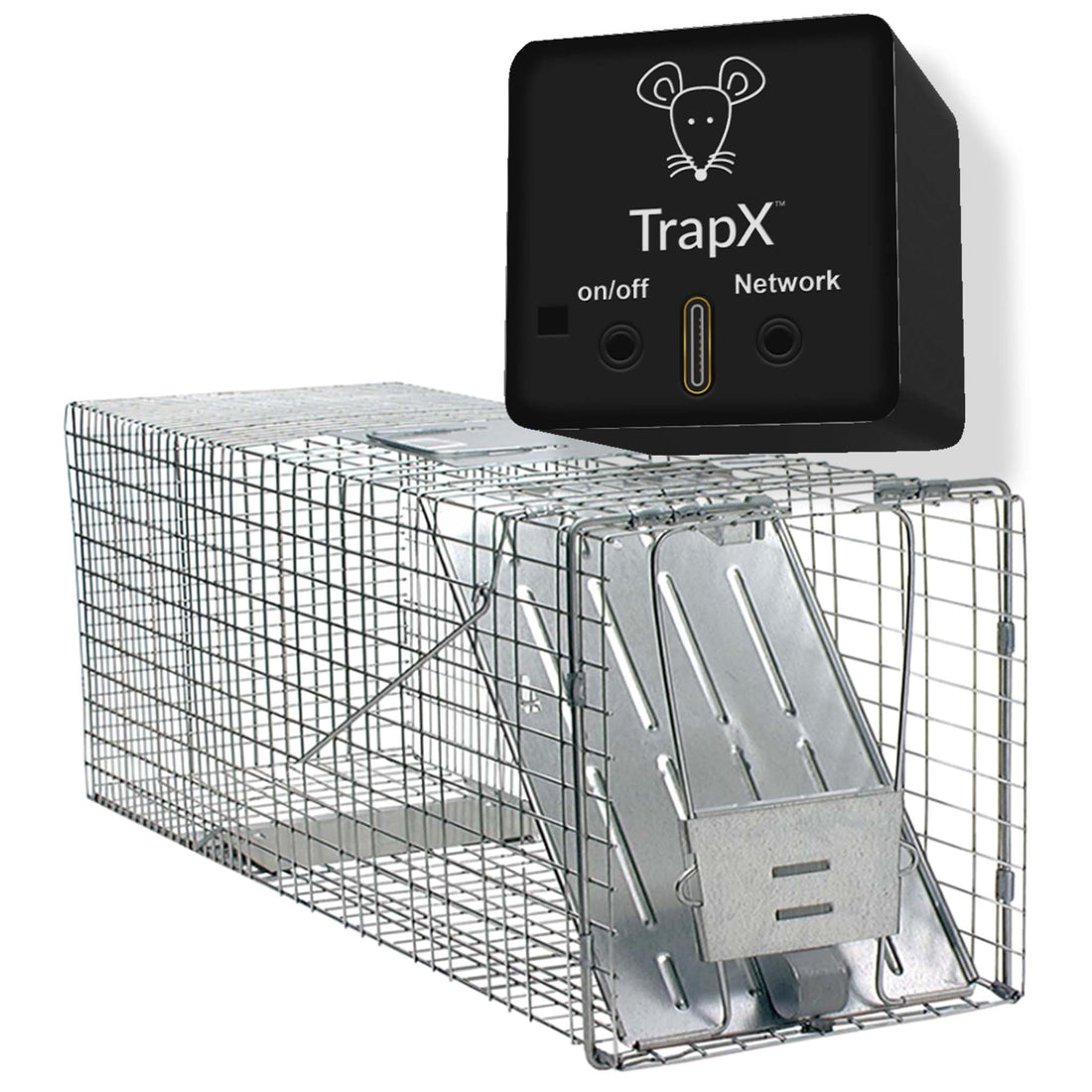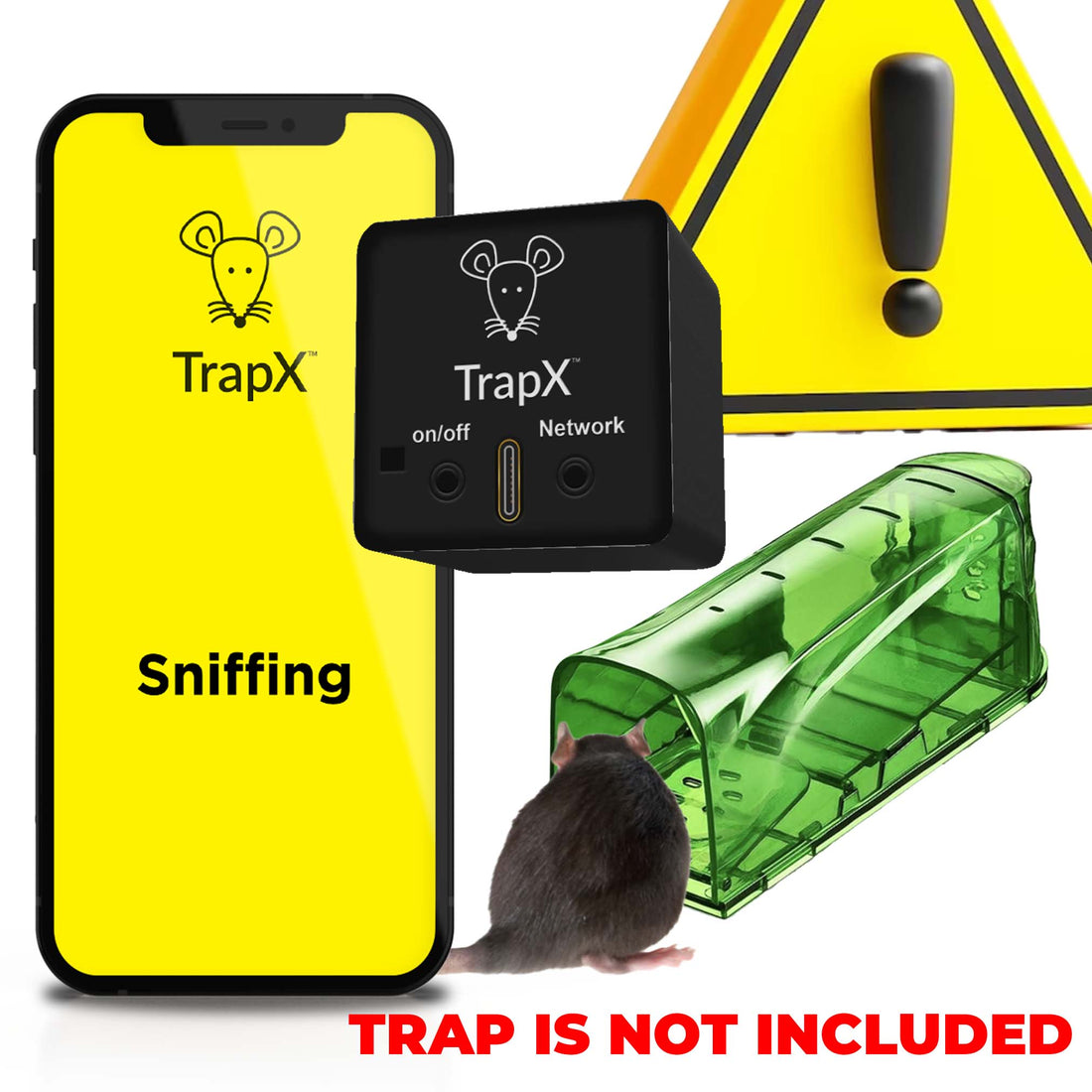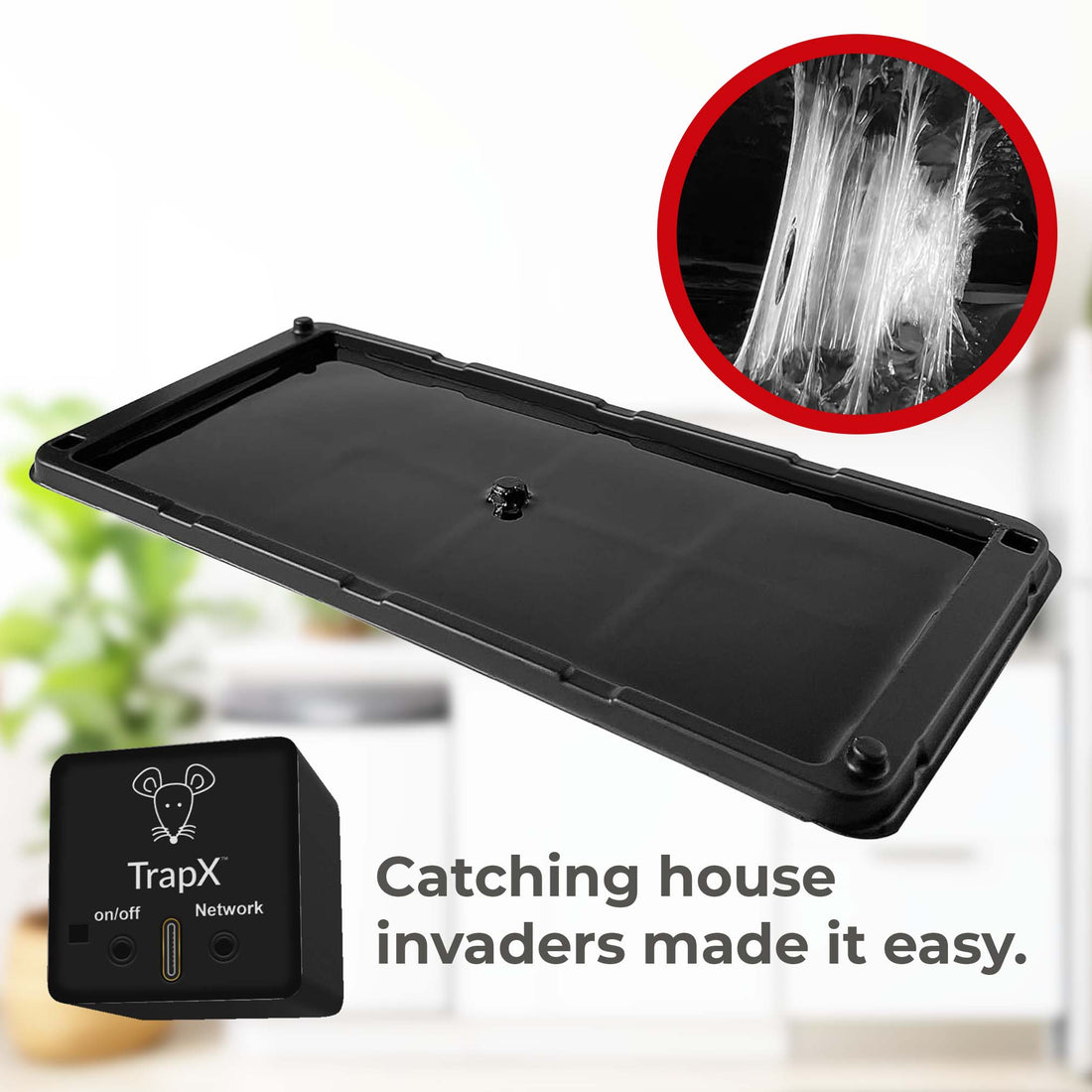Why Isn't My Mouse Trap Going Off? A Guide to Troubleshooting Mouse Traps
Share
Have you set up a mouse trap in your home, only to find that it's not catching any mice? It can be frustrating and puzzling when your mouse trap isn't going off as expected. In this guide, we'll explore some common reasons why mouse traps may not be working and provide troubleshooting tips to help you catch those pesky rodents.

1. Incorrect Placement
One of the most common reasons why mouse traps fail to catch mice is incorrect placement. Mice are cautious creatures and will avoid areas that they perceive as dangerous. If your trap is placed in an area where mice don't typically travel, such as an open space or near their food source, they may not be enticed to approach the trap.
To increase your chances of catching mice, place the trap along the walls or in the corners where mice are more likely to travel. Make sure to position the trap perpendicular to the wall, with the bait end facing the wall. This will force the mouse to approach the trap from the front, increasing the likelihood of a successful catch.

2. Incorrect Bait
The type of bait you use can also affect the effectiveness of your mouse trap. Mice have different preferences when it comes to food, so it's important to use a bait that is appealing to them. Common baits include cheese, peanut butter, and chocolate.
When using bait, make sure to apply it sparingly and secure it firmly to the trap. Mice are nimble creatures and can easily snatch the bait without triggering the trap if it's not properly attached. Additionally, consider using a small amount of nesting material, such as cotton or dental floss, to further entice the mice into the trap.

3. Trap Sensitivity
Another factor that can prevent your mouse trap from going off is the sensitivity of the trap mechanism. Some traps may be too sensitive and can be triggered by the slightest touch, scaring the mice away before they are caught. On the other hand, traps that are not sensitive enough may not be triggered at all.
Adjusting the sensitivity of your trap can help improve its effectiveness. Most traps have a mechanism that allows you to adjust the sensitivity, so refer to the manufacturer's instructions to learn how to make the necessary adjustments.
4. Trap Maintenance
Regular maintenance is crucial to ensure that your mouse trap is in good working condition. Over time, traps can become dirty and rusty, which can affect their performance. Inspect your traps regularly and clean them with warm soapy water to remove any dirt or debris.
In addition to cleaning, also check the trap for any damage or wear and tear. Broken or bent components can prevent the trap from functioning properly. If you notice any issues, replace the trap with a new one.
5. Mouse Behavior
Lastly, it's important to consider the behavior of mice when troubleshooting your mouse trap. Mice are intelligent creatures and can quickly learn to avoid traps that have caught their peers in the past. If you've been using the same trap for a while without success, it's possible that the mice have become wary of it.
In such cases, try using a different type of trap or bait to catch the mice. Experimenting with different options can increase your chances of success.
By following these troubleshooting tips, you can increase the effectiveness of your mouse traps and finally get rid of those unwanted pests. Remember to be patient and persistent, as catching mice can sometimes require multiple attempts. Good luck!
Feb19.chat.1pass.general public.mouse trap not going offAs an Amazon Associate, I earn from qualifying purchases.
